Executive Summary:
A planned meeting in Budapest between US President Donald Trump and Russian President Vladimir Putin has been put on hold after the Kremlin rejected a proposed ceasefire in Ukraine, according to analysis published by the Atlantic Council. The setback underscores how battlefield realities continue to dictate diplomacy and keeps civilians, aid efforts, and European security planning in a holding pattern. Hungary’s bid to host highlights Budapest’s role as a bridge in a divided Europe, but entrenched positions leave little room for quick deals.
A fragile opening stalls
Just days after Washington floated a high-level summit in Budapest, the Kremlin’s refusal to accept a ceasefire paused the effort before it got off the ground, as reported by the Atlantic Council’s UkraineAlert. Public details of the US proposal are limited, but the push for a pause in fighting fits a familiar diplomatic pattern: external actors testing whether the parties see advantage in freezing the lines, even temporarily. Moscow has repeatedly signaled in past statements that any cessation of hostilities would need to reflect battlefield gains and the claimed annexation of occupied Ukrainian regions, while Kyiv has consistently rejected terms that legitimize territorial loss. In tha, Russia’s rejection suggests it either judges the timing unfavorable for a pause or seeks conditions Kyiv and its partners cannot accept. The result is a familiar impasse where military momentum, rather than scheduled summits, sets the tempo of talks.
Why Budapest was in the frame
Hungary is an EU and NATO member with a distinct profile on Russia policy, maintaining channels to Moscow while often positioning itself as a potential go-between within the Western camp. Hosting a US-Russia meeting in Budapest would have offered symbolic and practical advantages: a European venue acceptable to Moscow, proximity to the war’s frontline states, and a stage for Hungary to showcase diplomatic relevance. There is also the historical irony: Budapest lends its name to the 1994 memorandum under which Ukraine surrendered its nuclear arsenal in exchange for security assurances from major powers, including Russia. A high-stakes summit there would have echoed that legacy. The postponement does not end Budapest’s ambitions to convene talks, but it does highlight how hard it is for intermediaries to move the needle when core war aims remain unchanged.
Human costs of another missed pause
For people living near the front, the difference between a ceasefire and continued fighting is literally day to day survival. A pause could reduce shelling that has damaged homes, clinics, and power substations across eastern and southern Ukraine. Aid groups have long warned that access to hard-hit communities is constrained by active combat, and any lull typically brings brief windows for repairs, deliveries, and evacuations. Families of soldiers on both sides also watch these diplomatic swings closely—prisoner exchanges and casualty recoveries often accompany limited de-escalations. Without a ceasefire, those humanitarian steps are harder to arrange and sustain. The ripple effects go further. Prolonged fighting keeps pressure on energy infrastructure and heightens seasonal worries about heat and electricity for civilians, while businesses across the region delay investment decisions amid uncertainty. In neighboring countries such as Poland, Slovakia, and Hungary, local services and labor markets continue to absorb refugee flows and adjust to a war economy next door.
European security and global spillovers
A stalled diplomatic track reinforces trends that have defined Europe’s response since the full-scale invasion: higher defense spending, sustained military support to Ukraine, and tighter security planning along NATO’s eastern flank. It also keeps markets sensitive to shocks. Strikes on energy or transport infrastructure can ripple into electricity prices and supply chains across Central and Eastern Europe. Black Sea shipping—vital for global grain and oilseed flows—remains vulnerable to flare-ups, which can nudge food prices and complicate aid operations in countries that rely on Ukrainian exports. For the broader international system, another failed attempt at a ceasefire underscores how difficult it is to craft a pause that doesn’t simply freeze a conflict in place and reward force. That’s a lesson policymakers have wrestled with in other war zones too, from the South Caucasus to parts of the Middle East: ceasefires are most durable when paired with verifiable monitoring and a credible political track, both of which are currently elusive in Ukraine in the weeks ahead
In practical terms, the next signals will come from the battlefield and from capitals. If either side believes the front lines are stabilizing to its advantage, the appetite for diplomatic risk may increase. Shorter, narrowly defined humanitarian steps—such as localized de-escalations, prisoner exchanges, or civilian evacuation corridors—are more plausible near-term than a comprehensive ceasefire, and could test whether there is any workable space for deconfliction. Watch also for whether Budapest tries to keep the diplomatic channel alive by hosting lower-level contacts, and for how the EU and NATO map out security guarantees and aid flows that can outlast a war of attrition. Ultimately, any revived summit will hinge on whether Washington and Moscow can frame terms that Kyiv can accept and that the Kremlin sees as consistent with its aims—an equation that, for now, still tilts toward the logic of continued fighting.



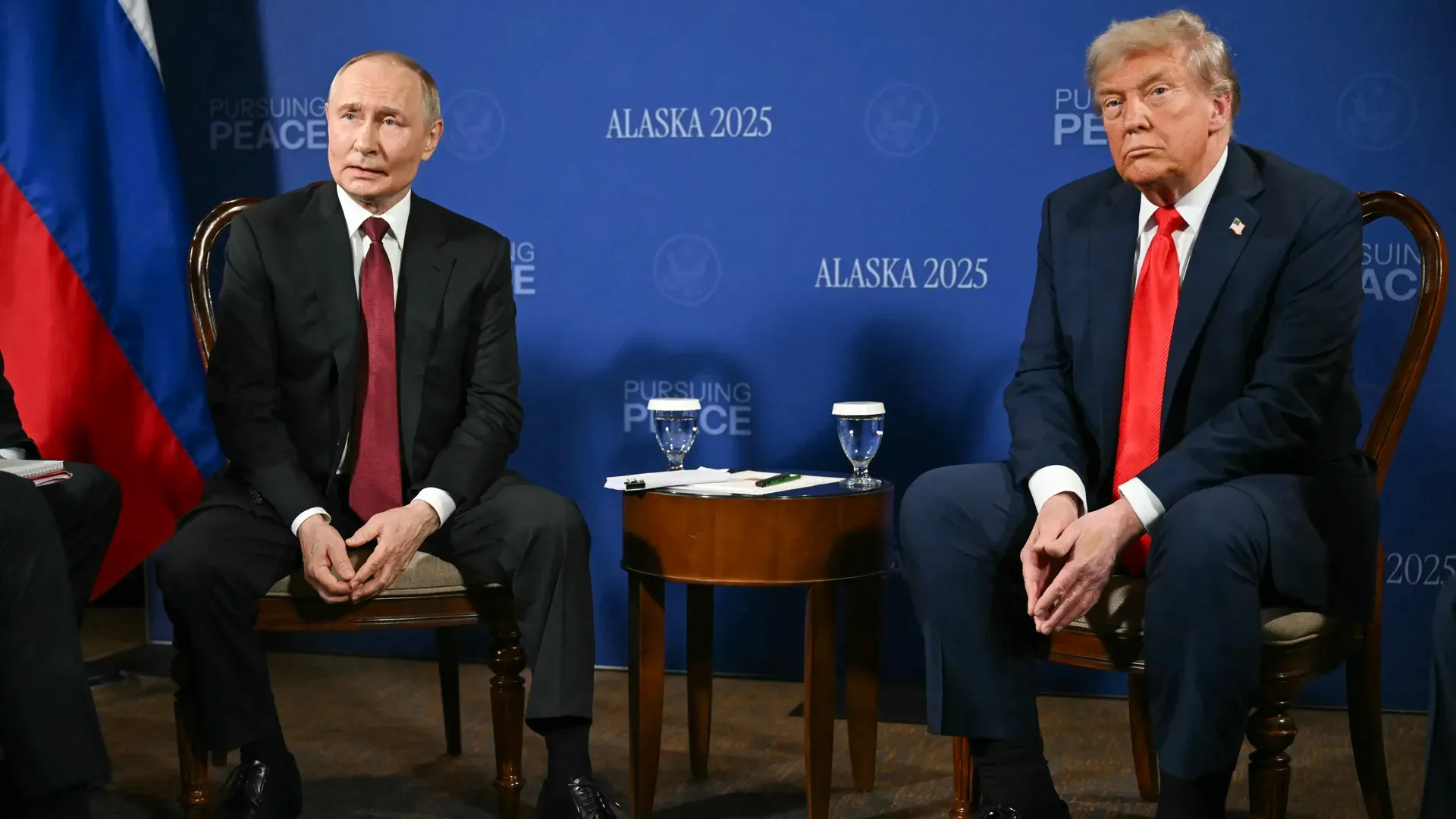
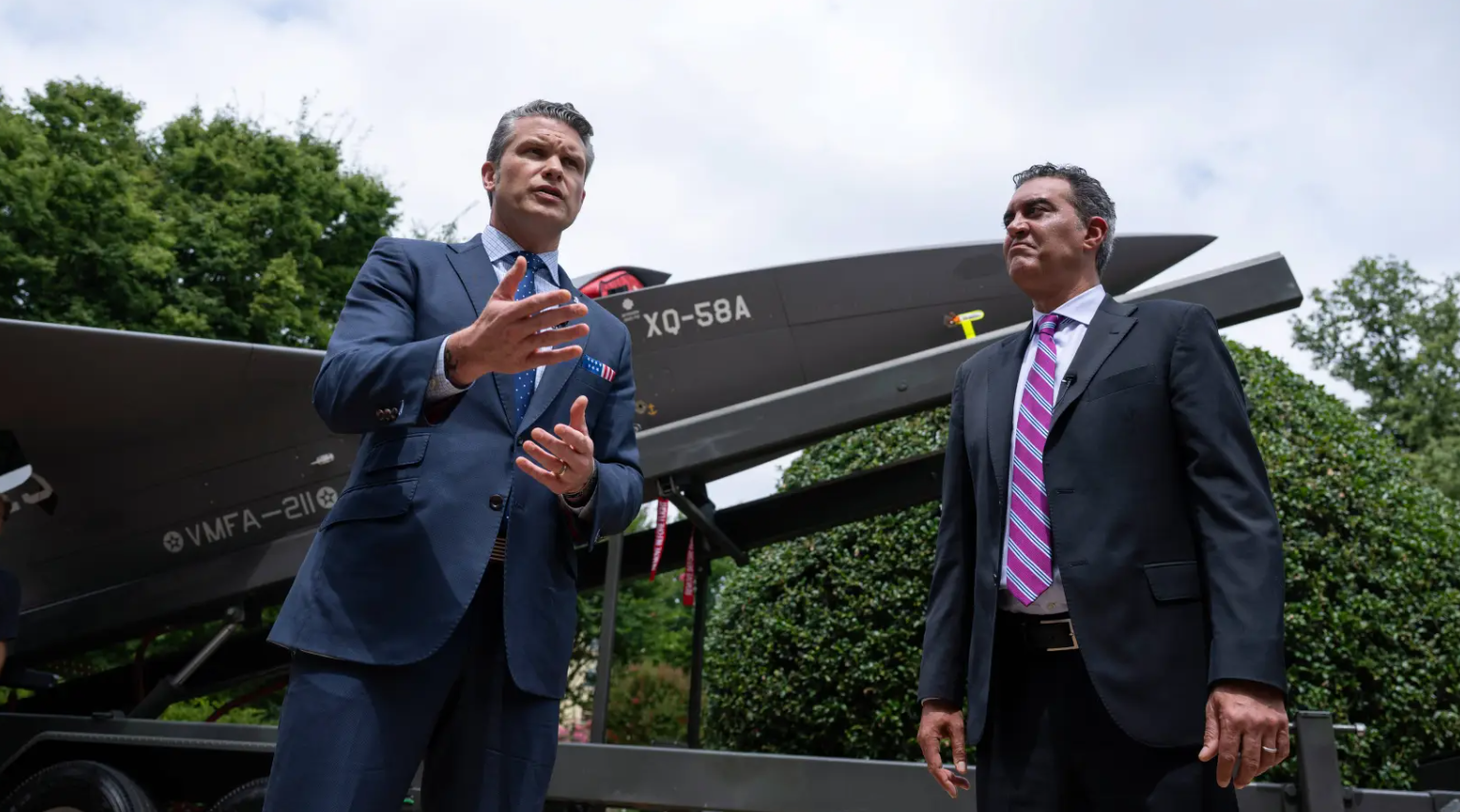


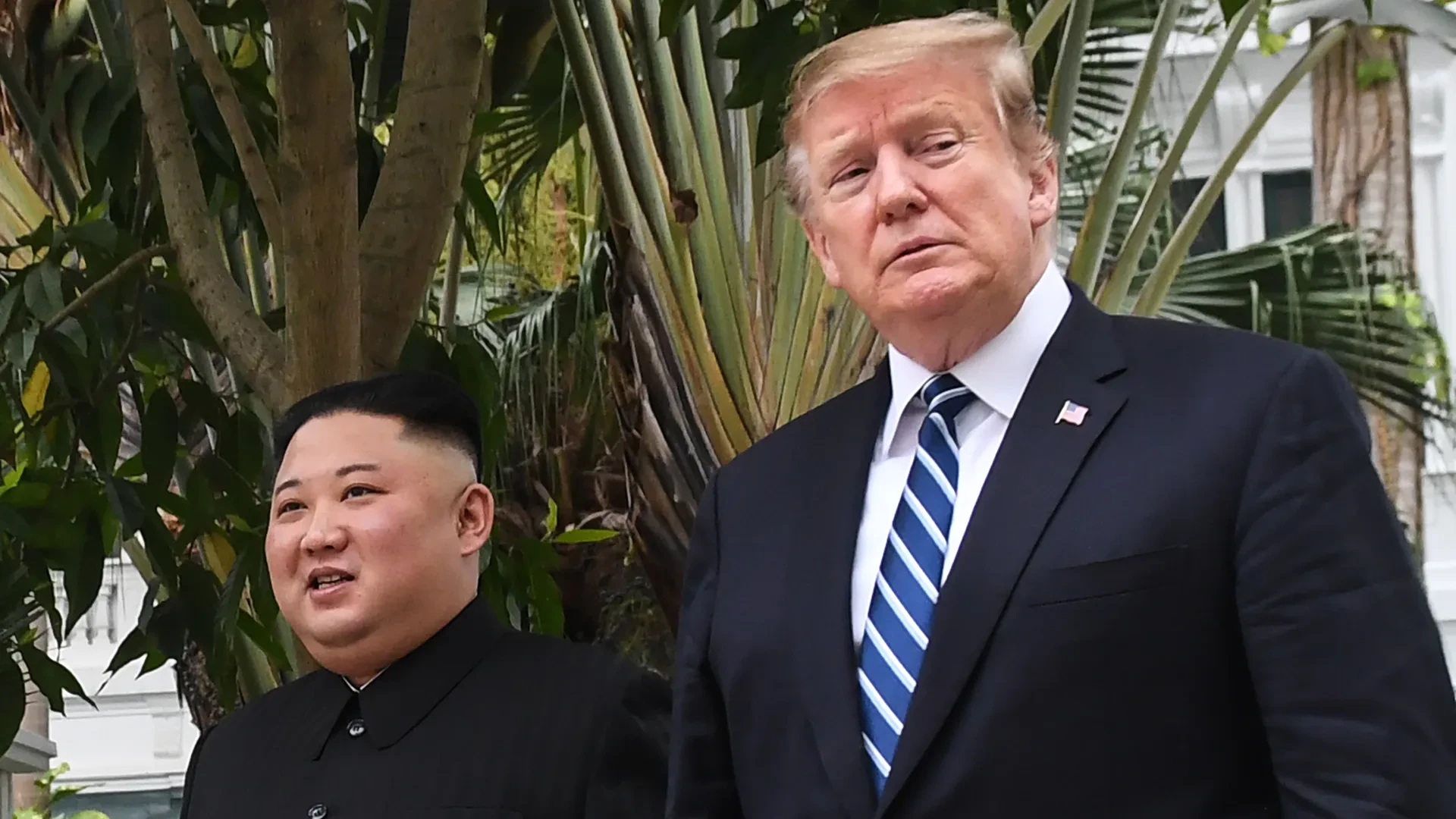
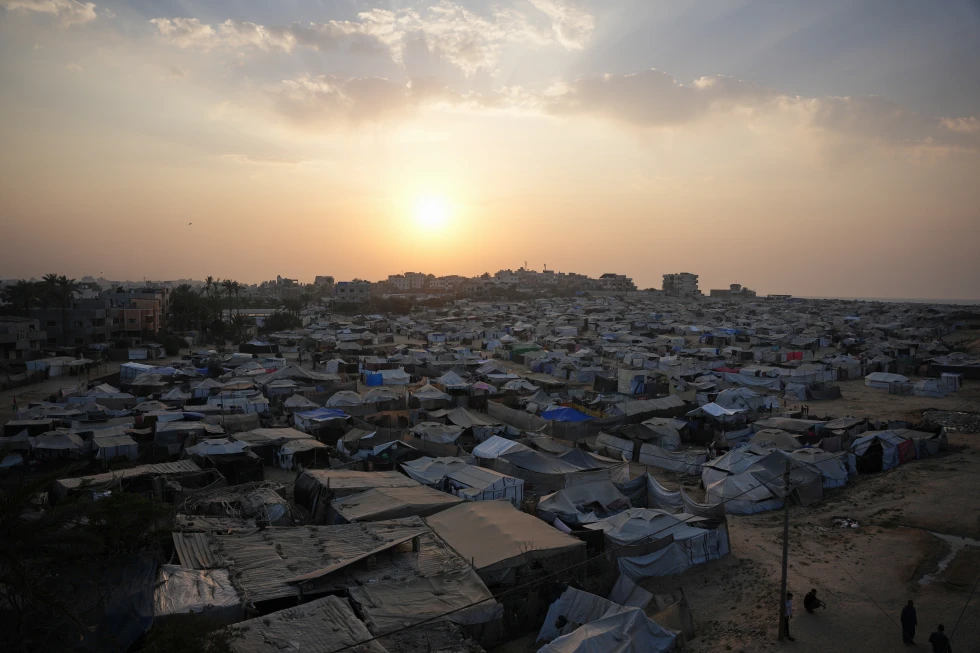
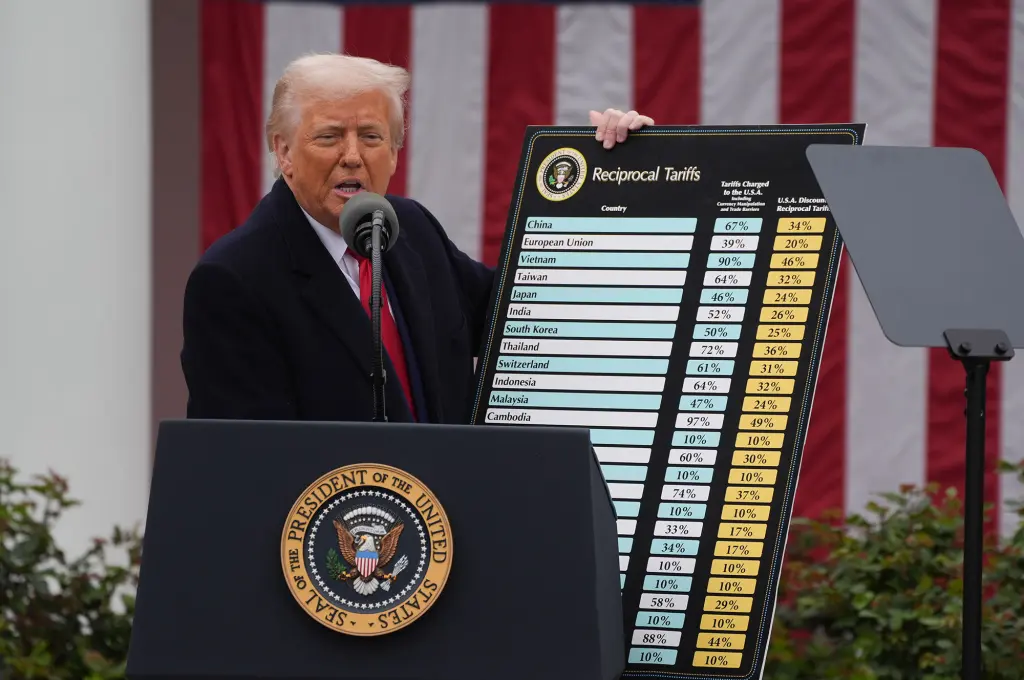
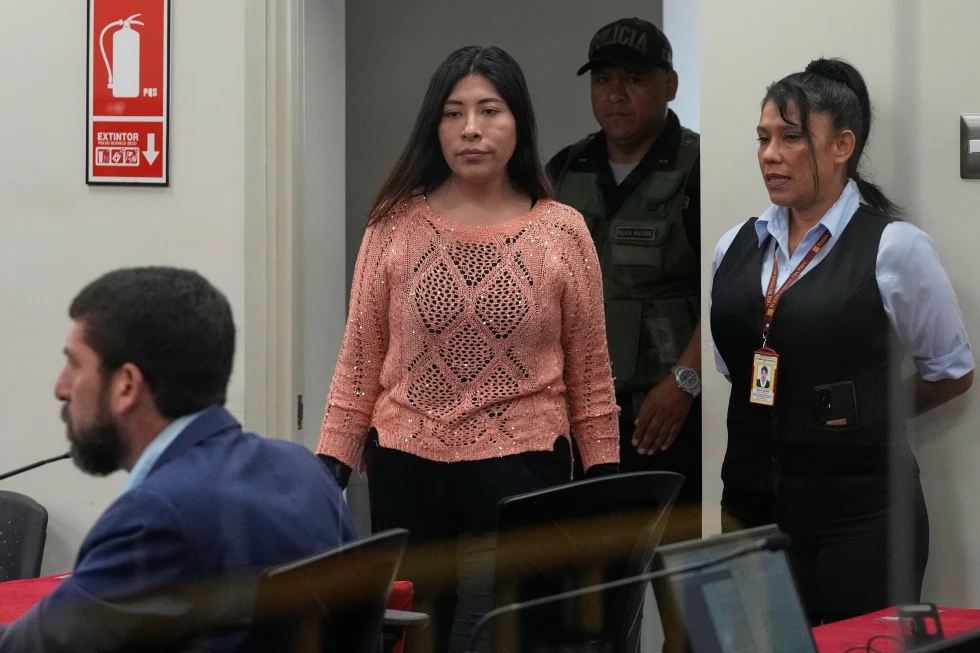
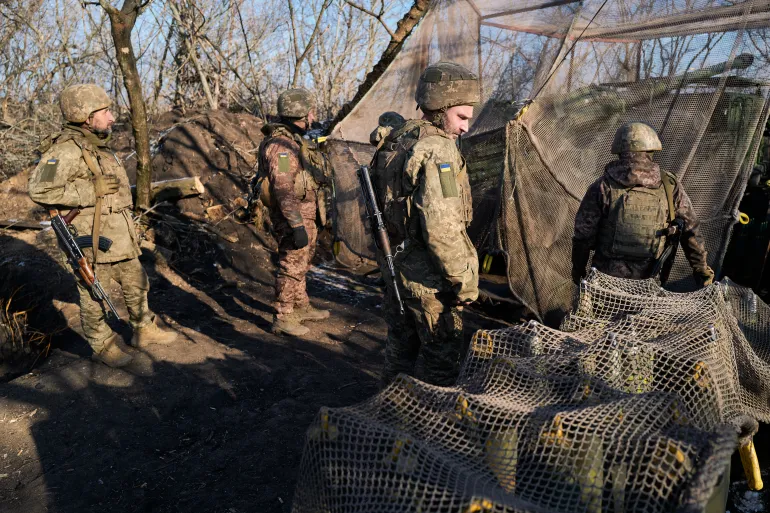

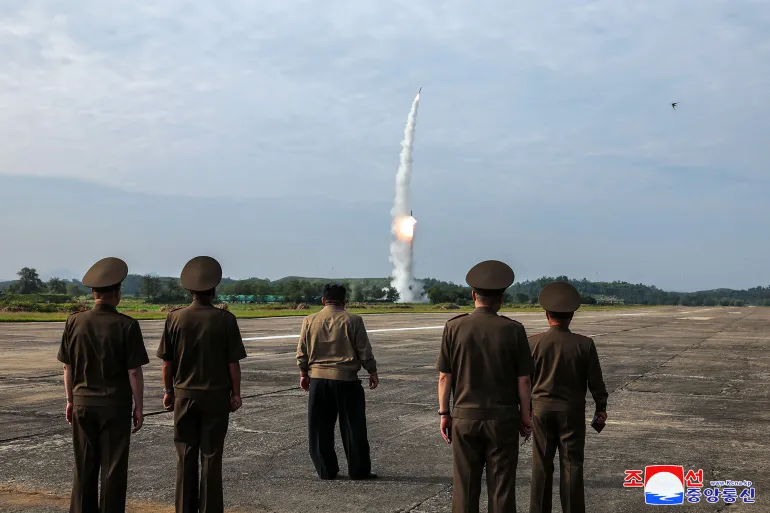

Discussion